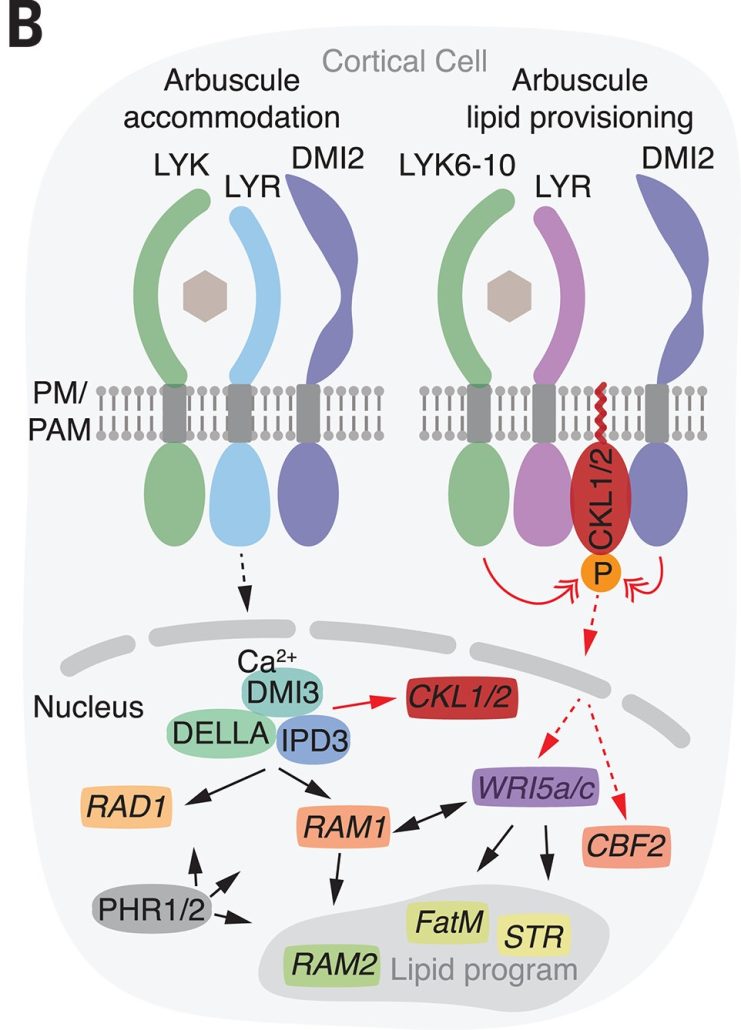
Receptor-associated kinases control lipid provisioning in plant–fungal symbiosis
Plant Science Research WeeklyMost plants benefit from symbiotic associations with fungi, in which the fungi aid in nutrient update particularly of phosphate, and the plant returns the favor by supplying the fungi with lipids. Several but not all of the molecular players required for these important pathways have been identified.…
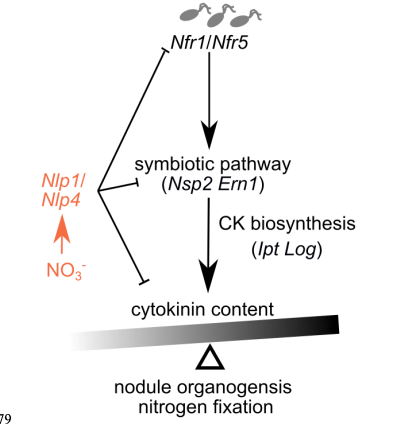
Review: Scripting a new dialogue between diazotrophs and crops
Plant Science Research WeeklyAll organisms need nitrogen to produce nucleic and amino acids, but nitrogen-limitation is common for many plants. Although nitrogen is very abundant in the atmosphere, most is inaccessible due to the triple bond that renders N2 relatively inert. Tremendous crop yields in recent decades are attributable…
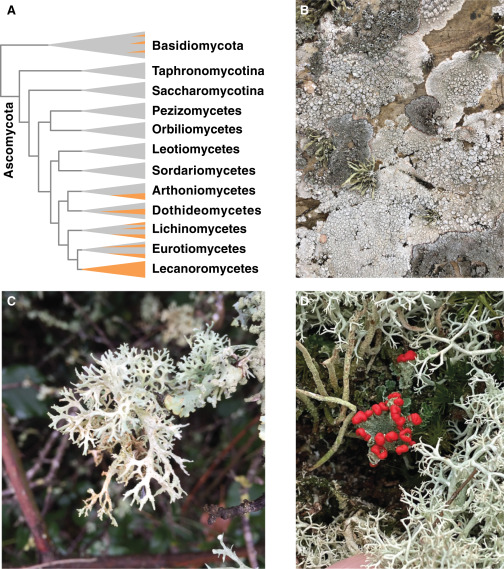
Essay: The coming golden age of lichen biology
Plant Science Research WeeklyLichens are remarkable, complex symbiotic organisms. They have evolved multiple times independently, but all lichen include at least one fungal partner (the mycobiont) which they usually resemble morphologically, and at least one cyanobacterial or algal photosynthetic partner (the photobiont). This partnership…
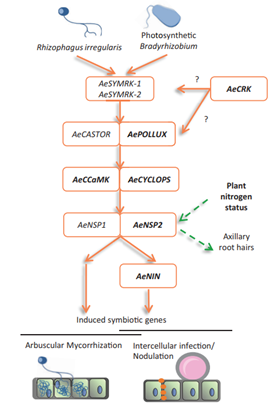
Modus operandi of Nod-independent symbiosis in Aeschynomene evenia (Plant Physiol)
Plant Science Research WeeklySymbioses and nodule organogenesis processes that occur independently of Nod-factors are relatively unexplored. Quilbe et al. investigated the semi-aquatic legume Aeschynomene evenia, which has recently been shown to establish symbioses with Bradyrhizobium sp. that do not produce Nod factors. The authors…
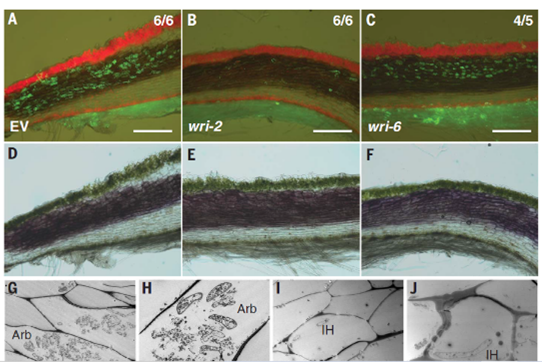
Give and Take: Lipid exchanges drove the evolution of mutualism during plant terrestrialization (Science)
Plant Science Research WeeklyPlants form symbiotic associations with a variety of microbial partners, among which arbuscular mycorrhizal fungi (AMF) are prominent. AMF are known to enrich plants with a host of vital nutrients including the essential macronutrient phosphorus. While the finer details of plant-AMF association are known…

Review: Plant evolution driven by interactions with symbiotic and pathogenic microbes (Science)
Plant Science Research WeeklyOne of the great questions in plant science has been, “How do plants recognize friend from foe?” Like most great questions, this one benefits from a historical perspective. In their new review, Delaux and Schornack look at plant evolution through the lens of plant interactions with symbiotic and…

Rhizobia use a pathogenic-like effector to hijack leguminous nodulation signaling (Sci Reports)
Plant Science Research WeeklySymbiotic interactions between legume plants and compatible rhizobia bacteria lead to the formation of nitrogen-fixing nodules in the host plant root. Compatibility between rhizobia and host plants is determined by various factors like plant species-specific flavonoid secretion, extracellular polysaccharides…

Plant cell layer-specific responses against pathogenic and beneficial microbes (Cell Host & Microbe)
Plant Science Research WeeklyPlant roots are composed of concentric cell layers with distinct gene regulatory programs. Cell layer-specific responses are likely critical for plants to cope with microbes with various lifestyles, but little is known about root responses against microbes at cell-layer resolution. Fröschel et al. tackled…

Nitrate inhibits nodule organogenesis through inhibition of cytokinin biosynthesis in Lotus japonicus (bioRxiv)
Plant Science Research WeeklyThe symbiotic association between legumes and nitrogen-fixing rhizobia leads to the formation of nodules in roots, which supply nitrogen to the plant in low soil nitrate condition. In contrast, the presence of high nitrate reduces nodule formation. Cytokinin (CK) biosynthesis plays a major role in nodule…

